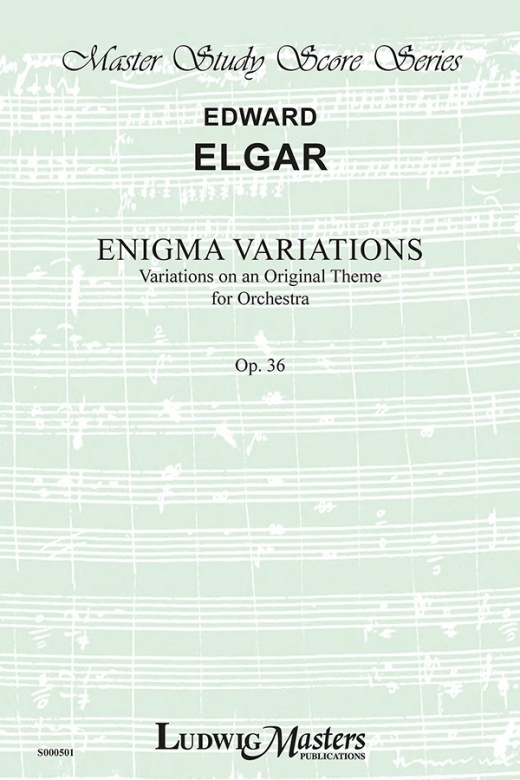Unravel the Mystery of Enigma Variations
Immerse yourself in the captivating world of Edward Elgar's Enigma Variations, Op. 36, a work of unparalleled beauty and complexity. This iconic composition, born from a simple piano doodle, has become a cornerstone of orchestral music, captivating audiences for over a century. With its intricate instrumentation, harmonies, and hidden melodies, Enigma Variations is a true masterpiece that continues to inspire and intrigue.
A Musical Portrait of Elgar's Friends
Each of the fourteen variations is a musical caricature of a specific friend, starting with his wife Alice and ending with himself. From Hew David Steuart-Powell to Lady Mary Lygon of Madresfield, each variation is a unique and charming portrayal of Elgar's inner circle. Discover the stories and inspirations behind each movement, and experience the warmth and humor that Elgar infused into his music.
Instrumentation and Structure
The Enigma Variations, Op. 36, are scored for Full Orchestra, with an instrumentation of 2(2dPicc).2.2.2+CBsn: 4.3.3.1: Timp.Perc(1): Org(opt): Str (9-8-7-6-5 in set). The work is structured into fourteen variations, each with its own character and mood. From the bold and dramatic to the delicate and introspective, the Enigma Variations showcase Elgar's mastery of orchestration and his ability to evoke a wide range of emotions.
A Work of International Acclaim
Premiered in 1899 at St. James Hall in London, the Enigma Variations achieved immediate popularity, establishing Elgar's international reputation. The work has since become a staple of classical music repertoire, performed by orchestras around the world. With its enduring appeal and timeless beauty, Enigma Variations continues to inspire new generations of musicians and music lovers.
Get Your Conductor Score & Parts Today!
Now, you can experience the magic of Enigma Variations with the Conductor Score & Parts, available from E. F. Kalmus. As part of the Kalmus Study Score Series, this edition is perfect for musicians, music students, and enthusiasts looking to delve deeper into Elgar's masterpiece. Buy now and start exploring the intricate beauty of the Enigma Variations!
